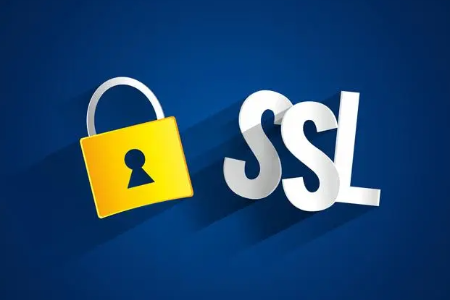Various errors may occur in installing the SSL certificate. These errors may be caused by various reasons, such as the problem of certificate configuration, incorrect server settings, file permissions, and so on. Here are some common SSL certificates installation errors and processing methods:
Improper certificate chain: If your SSL certificate chain is incomplete, it may cause the browser to display a security warning or error. Make sure you have installed a complete certificate chain on the server, including the certificate itself and the intermediate certificate.
Private key and certificates do not match: If your private key is not matched with SSL certificates, it may not be able to successfully load the certificate or browser error. Make sure your private key and certificate are one pair, and they are generated from the same certificate request (CSR).
File permissions: The permissions of SSL certificates and private key files should be appropriately set to ensure that only authorized users can access it. Generally, the private key file should be read to the owner, because it contains sensitive information. The permissions of the certificate file should be allowed to read.

Certificate format problem: SSL certificate file should be the correct format, such as PEM format. If your certificate format is incorrect, the server may not be recognized. You can use the OpenSSL tool to check the format of the certificate file.
Certificate Expired: If the SSL certificate has expired, you need to update the certificate. Expired certificates will lead to warnings or errors for browser display. Make sure your certificate is updated in time before expired.
Configuration error: In the server configuration file, you need to correctly specify the path of the SSL certificate and private key. Make sure the path in your configuration file is correct and point to actual certificate and private key files.
Server restart: After installing the SSL certificate, you may need to restart the web server to make the configuration effective.
Firewall or proxy problems: Sometimes, firewalls or agents may affect SSL connections. Make sure your firewall or proxy configuration allows SSL traffic to pass.
Check the error log: The error log file on the server may record detailed information about the SSL installation error. Check the log to get more information to help you solve the problem.
If you encounter an error in installing the SSL certificate, it is recommended that you check the error message first and then gradually eliminate the problem. If you cannot solve the problem, you can seek help in the relevant technical support forum or community, or seek support from your SSL certificate provider.






